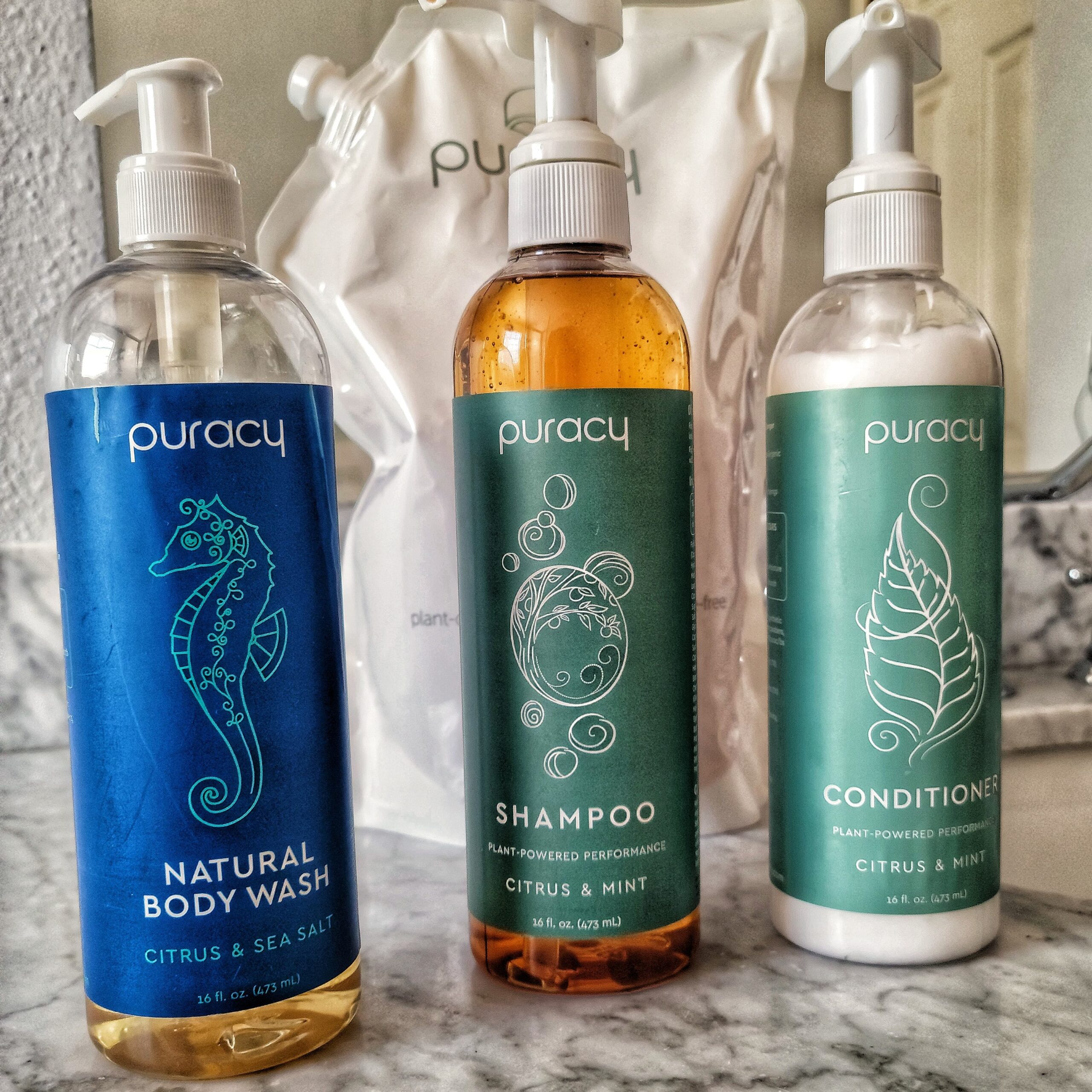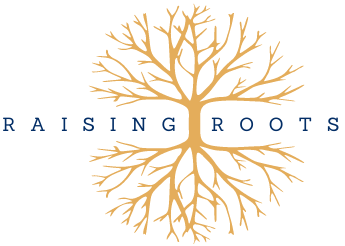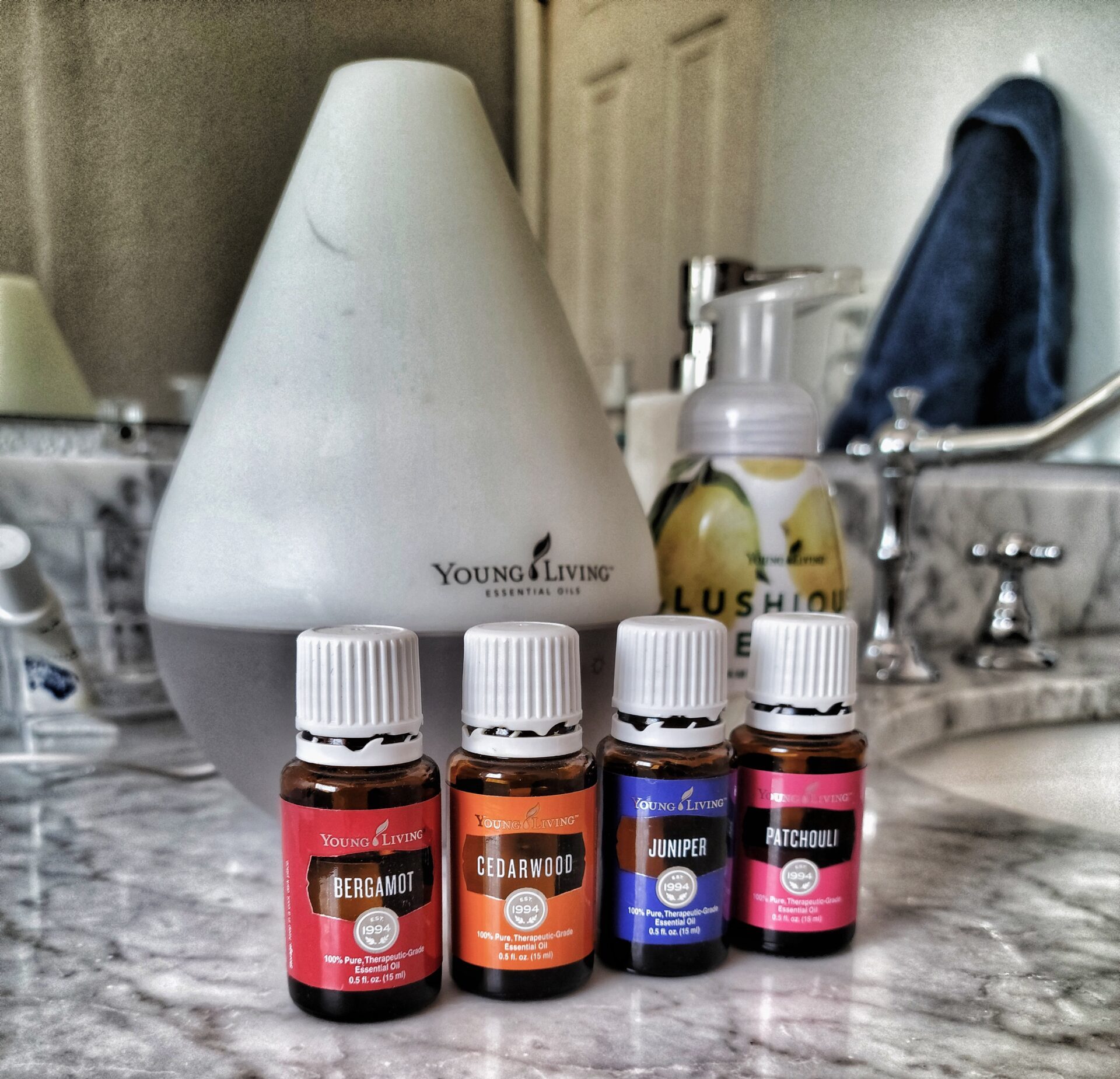Let’s be real for a moment – how often do we stop and think about how clean our clothes truly are? In the midst of our hectic lives, we often find ourselves on autopilot, just trying to get through the next day, hour, or even minute. But when the end of a long workweek rolls around, there it is, the dreaded laundry basket. The pile (or piles) of dirty laundry we kept promising ourselves we’d tackle… until there are no clean clothes left. So, what’s the go-to solution? We block out some time and reach for the same laundry detergent we’ve known since childhood. It’s the big-name brand that comes with its own measuring cup, allowing us to pour in as much as we can fit in the washer. Simple, right? Until you reach the last load, run out of detergent, and have to buy more, repeating the cycle for another couple of weeks. Rinse and repeat. Literally.
We were no strangers to this routine. Well, perhaps not piles of laundry left untouched, but we, too, relied on the same laundry detergent we grew up with, believing it was the only right choice. Nick, in particular, had sensitive skin, so he was accustomed to using the hypoallergenic “free & clear” detergent available in bulk containers from a warehouse. We continued this practice as a couple and even when our son arrived, as it appeared he had sensitive skin as well. We went on this way for years, until one day, a question popped into our heads – could this detergent be causing skin reactions for Nick and Keegan? Plus, no matter how large the container we bought, it seemed we always ran out after a couple of months, especially with an infant in the mix. We realized that perhaps the detergent we were using wasn’t the best choice for our clothes, and consequently, for our skin. It was also around this time that we began exploring a more sustainable lifestyle, starting with the products we used most frequently, like laundry detergent. Big-name brands are now making strides in providing resources for consumers to understand the ingredients in their products and transitioning to more sustainable resources. However, it ultimately falls to the consumer to do the research, and some companies make it easier than others. Many major companies now participate in initiatives like SmartLabel, which simplifies ingredient identification for consumers. This is where we started, to understand what we were washing our clothes with and what our skin was in contact with around the clock.

The Surprising Findings
Our research yielded some surprising results. Upon identifying the ingredients and digging into their backgrounds, we discovered that a good number of them were actually biodegradable and not particularly harmful to our health. However, this assessment applies specifically to the brand and type of laundry detergent we were using. Once you venture into the vast array of detergents on the shelves, ingredients can vary widely, depending on how a brand chooses to market its product. One ingredient that’s consistently found in laundry detergents, though, is one of the least eco-friendly and arguably unnecessary: Fluorescent Brightener 5. This optical brightener doesn’t actually clean your clothes; it alters the way light reflects off them to make your eyes perceive them as cleaner. It’s a bit deceiving, to say the least.
From our perspective, we were ready for a change to a plant-based or more sustainable laundry detergent. That’s when we stumbled upon Puracy, initially through their plant-based dishwashing detergent. You can find their products directly on their website, on Amazon, and even in some stores like Target. Their laundry detergent is plant-based and highly concentrated, so you only need to use a small amount, especially if you have a high-efficiency washing machine. The result? Our clothes have never looked cleaner, and it lasts us a long time, which is a win for our budget. What’s even better is that Puracy’s company goals and commitments align perfectly with our values. They source plant-based ingredients sustainably whenever possible, adhering to strict sustainability guidelines. While current FDA regulations in the US require them to include a very small amount of synthetic ingredients, they never hide this from consumers. They don’t claim their products to be 100% natural; instead, they advertise a 99.96% natural composition, with that remaining fraction allocated to the ingredient necessary to sell their product legally. That’s transparency.
In addition to Puracy harnessing the power of plants to tackle stubborn stains on our clothes, they offer eco-friendly large refills that last an incredibly long time. For our family of four, one refill purchase lasts us between 6 to 8 months.

